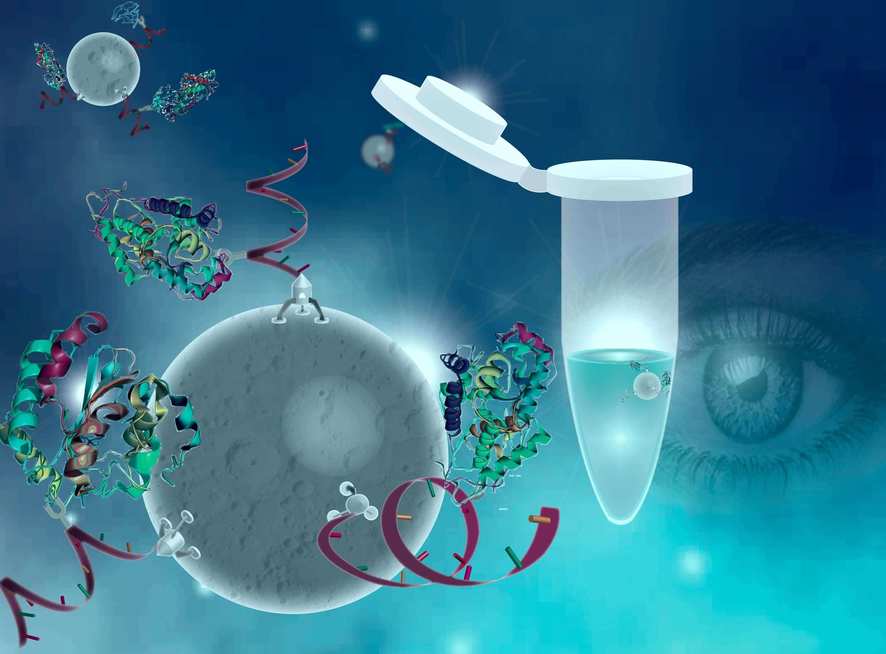

Recent advances in affinity interaction-based nanobiosensing have revealed how important interactions between bare gold surfaces and biological molecules, such as DNA, RNA, and proteins, are for medical diagnostics. These interactions depend on the shapes and structures of these molecules. Understanding these interactions allows us to identify different biomarkers, which are indicators of health or disease. This has led to an innovative approach called interfacial nanobiosensing, which can directly detect biomolecules with unique features, greatly improving our ability to diagnose diseases.
For instance, as diseases develop, the genetic material in affected individuals undergoes significant changes compared to that of healthy individuals. These changes can influence how well biomolecules interact with bare gold electrodes, offering a new way to detect diseases. By measuring these differences in how biomolecules interact (and subsequently adsorb on the surface), we can detect diseases with high accuracy.
In 2014, we developed a method called eMethylsorb, which was the first to measure DNA methylation levels by examining how different DNA sequences interact with gold electrodes. Building on this work, we introduced a new method in 2018 for detecting a universal cancer biomarker called MethylScape. This interfacial nanobiosensing approach directly attaches target biomarkers to gold surfaces, moving away from older methods that require complex processes. This simplification speeds up the testing process and reduces costs.
Now, our team is exploring how bare metal electrodes interact with specific disease-related biomolecules to analyze a variety of genetic and protein markers linked to cancer and other diseases. This research not only enhances our understanding of biomolecular interactions but also has the potential to transform early disease diagnosis and personalized treatment strategies.
